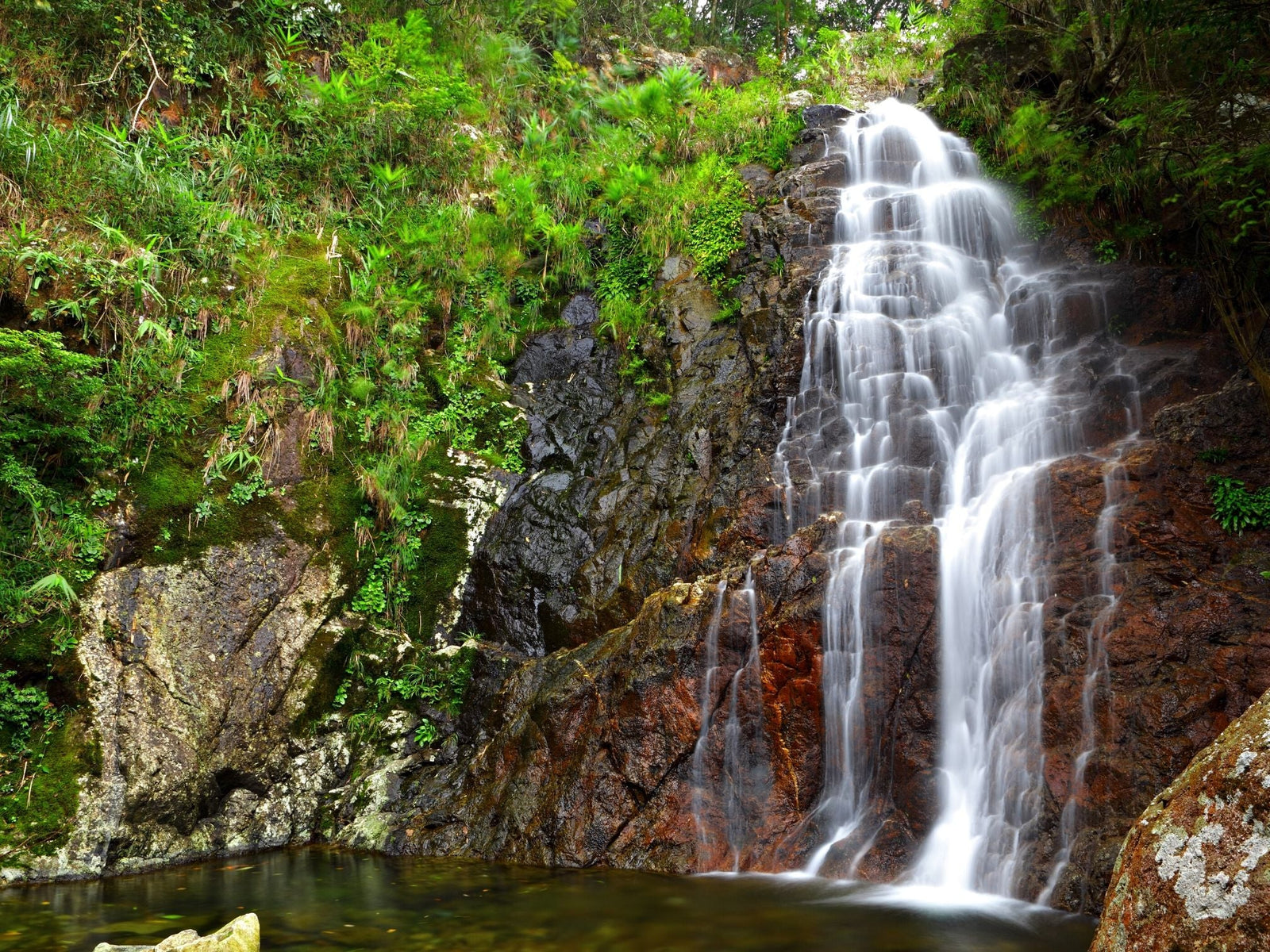The majestic Tarkine region should be protected - Bob Brown

I first walked south into the Tarkine wilderness in 1973, searching for the thylacine, also known as the Tasmanian tiger. This large, striped carnivorous marsupial was hunted to the brink of extinction after 1888, when the Tasmanian parliament voted to put a one pound (two dollars) bounty on its head. However sightings persisted, and some of the most promising were in the Tarkine, northwest of Australia's island state of Tasmania.
We saw none, but what I did see had me spellbound: 450,000 hectares of cathedral-like rainforest, rushing rivers, wild flowers and ferns, and fungi of every hue. Named after the Tarkiner people who lived along its coastline for thousands of years before European dispossession in the 1830s, the region remains rich in Aboriginal heritage. This includes the sites of huts just above its shore, and stone engravings thought to be 6,000 years old.
The Tarkine abounds in wildlife. It is a secure habitat for rare and remarkable species like the Tasmanian devil, the spotted-tailed quoll (both are marsupial carnivores), the world's largest freshwater crayfish, as well as platypuses, echidnas and Tasmania's giant wedgetailed eagle. The wedgetails have a wingspan of up to three metres. A decade back I was walking across the buttongrass plain to the Tarkine coast when two wedgetails flew east from the mountains. One turned back but the second circled overhead before flying down in a corkscrew maneuver to land just 10 metres away: the monarch of this domain.



